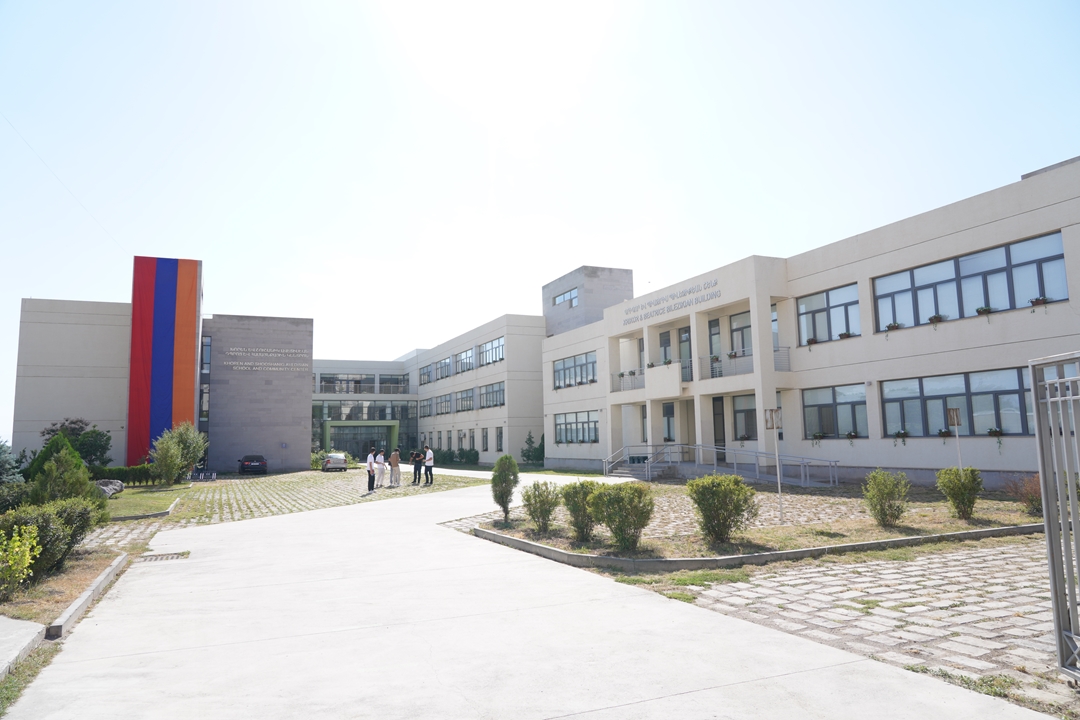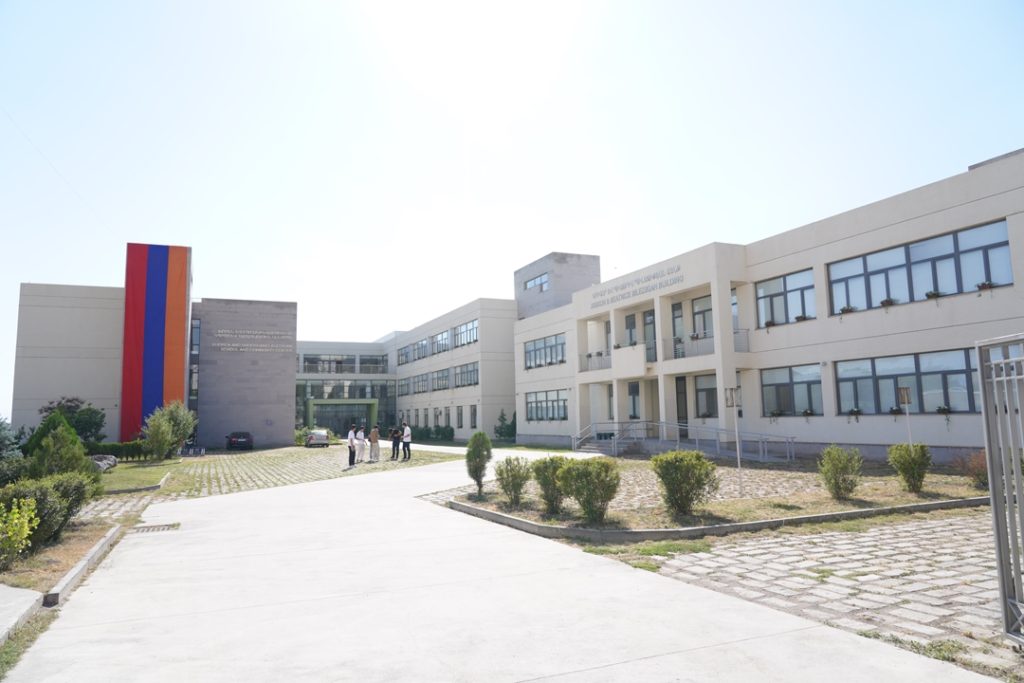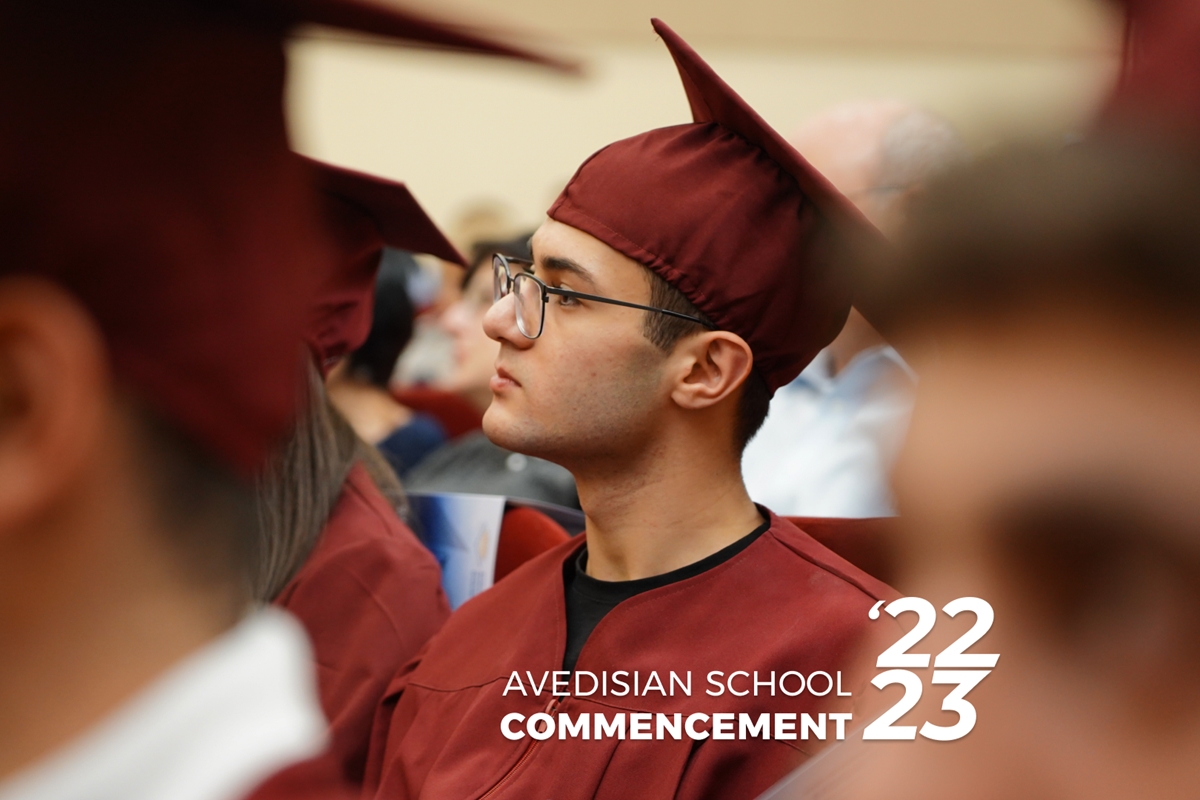The Energy-Efficient and Sustainable Characteristics of AMAA’s Avedisian School
The Armenian Missionary Association of America (AMAA) is constructing a new building for Khoren and Shooshanig Avedisian School (operated by the Armenian Educational Foundation) which has been in operation since 1998. The new school building is located in Yerevan’s South-Western district. After construction, the buildings will have high seismic stability, ensuring minimum pollution to the environment. The educational premises will be large and equipped with state-of-the-art technology.
The newly-built Avedisian School is applying for LEED Certification (Leadership in Energy and Environmental Design, LEED, https://new.usgbc.org/leed). This ensures the application of various energy-efficient and sustainable technologies throughout the construction and operation activities. The school is in process of applying for LEED Silver Certification, which means mandatory compliance with numerous prerequisites and credits, to be verified by different control bodies.
LEED Certification was established by the U.S. Green Building Council (USGBC) and is supervised by Green Business Certification Inc. (GBCI). It has the most stringent requirements of all existing certificates pertaining to environmental protection and energy conservation. Tens of thousands of buildings world-wide have -received similar certification.
During the ongoing, preliminary phase of the school construction, various measures have already been taken, including rainwater collection and drainage, removal of sediments, waste and dust from the construction site, waste segregation, and the prevention of land erosion. These activities in the interest of sustainability are all prerequisites for the LEED certification.
LEED’s overall aim is to preserve the environment and ensure significant energy savings compared to the usual construction of buildings. Energy saving as such results in a reduction of carbon dioxide and greenhouse emissions, preventing climate change and minimizing environmental pollution.
The certification imminently provides ultimate conditions for the education and health of students. The requirements include improved ventilation, minimum noise level, outdoor views, and maximum natural light. The use of sustainable materials during construction will contribute to ensuring a high level of biosafety.
Advanced energy-efficient technologies will be used in heating, cooling, ventilation, and water supply systems.
To reduce the building’s energy costs, solar water heating technology and solar photovoltaic (PV) systems will be installed. Discussion is underway to install 100kW solar water heaters in the building’s water supply system and to integrate 10kW solar PV modules into the city power grid.
The entire building will be equipped with modern LED lamps to reduce heat loss, the outer building will be fully covered with thick insulating material of a high thermal insulation index.
The roof of the building will have green and white (reflective) areas that will aid in further rainwater absorption and reduce the loss of heat from the roof.
Based on the energy model built, all the above-mentioned energy-efficient technologies will help reduce the building’s energy consumption by around 30%, which exceeds the strictest current American criteria.
At least 50% of the irrigation water for green zones will be sourced from rainwater accumulated in special storage tanks.
World-leading water-saving devices will be used in order to save approximately 40% of drinking water.
We hope that this building project will prompt the implementation of more buildings with similar construction approaches to ensure sustainable living conditions and reduce the harmful human impact on the environment.
Prepared by
Armen Gharibyan, PhD,
LEED Green Member
Avedisian School LEED Advisor




